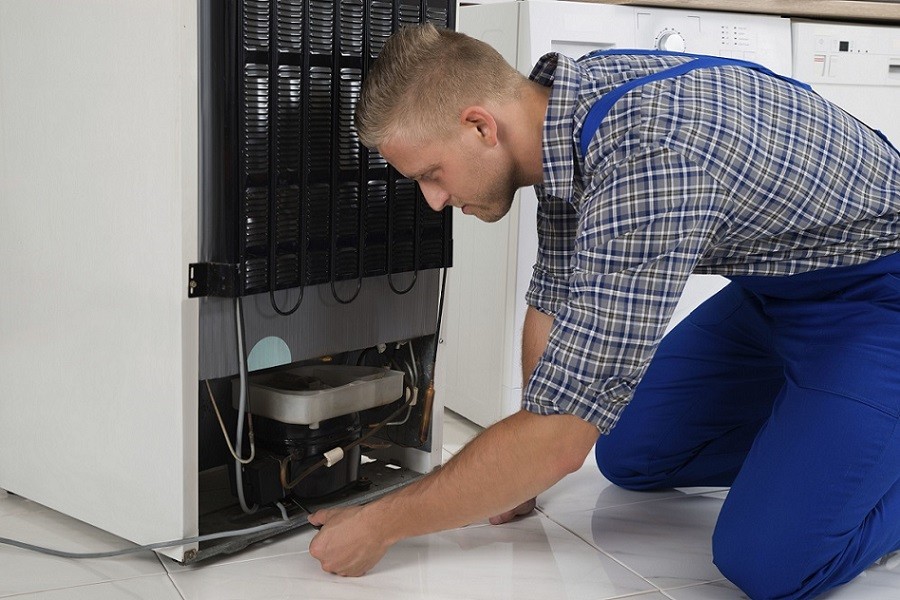Keep the Coils Clean: The coils on the back or bottom of your fridge need to be kept clean to ensure optimal performance. Dust and dirt can accumulate on these coils over time, causing your fridge to work harder and consume more energy. Use a vacuum cleaner or brush to remove dust and debris regularly.
Check the Door Seals: The door seals, also known as gaskets, are responsible for keeping cold air in and warm air out. Over time, these seals can wear out or become damaged, leading to leaks and energy loss. Check the seals regularly for signs of wear or damage, and replace them if necessary to maintain a tight seal.
Monitor Temperature Settings: Proper temperature settings are essential for keeping your food fresh and safe to eat. For the fridge, the ideal temperature is between 37°F and 40°F, while the freezer should be kept at 0°F or below. Use a thermometer to check the temperatures periodically and adjust the settings as needed.
Avoid Overloading: Overloading your fridge or freezer can restrict airflow and cause uneven cooling. Be mindful of how much food you’re storing and avoid overcrowding the shelves and drawers. Leave some space between items to allow for proper air circulation, which will help maintain consistent temperatures throughout the appliance.
Clean and Defrost Regularly: Regular cleaning and defrosting are essential for keeping your fridge and freezer running efficiently. Clean up spills and food debris promptly to prevent odors and bacteria growth. Additionally, defrost your freezer regularly if it’s not frost-free, as built-up ice can reduce storage capacity and energy efficiency.
By following these tips, you can prolong the lifespan of your fridge and freezer, reduce energy consumption, and ensure that your food stays fresh and safe to eat. If you encounter any issues or notice signs of trouble, don’t hesitate to contact a professional for assistance.



